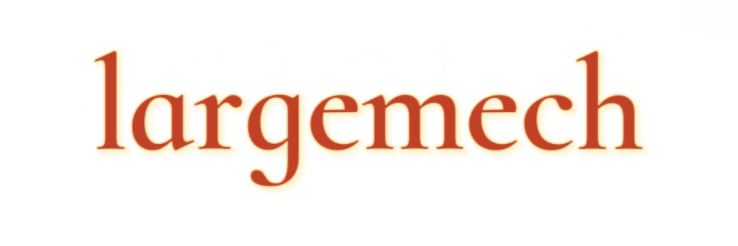CO2 Laser Cutting vs. Fiber Laser: Which Is Superior?
When selecting cutting technology for applications, it's essential to understand the differences between CO2 laser cutting and fiber laser cutting. This comparison can significantly influence procurement decisions based on the specific needs of a project.
Are you interested in learning more about co2 laser cutting equipment? Contact us today to secure an expert consultation!
What is CO2 Laser Cutting?
CO2 laser cutting uses a carbon dioxide gas laser to cut through various materials. The primary components of this technology include a laser generator and a resonator that produces a high-powered beam of light. This method is widely used in industries such as signage, woodworking, and general metal fabrication.
What is Fiber Laser Cutting?
Fiber laser cutting, on the other hand, utilizes a fiber optic cable to generate the laser light. This technology is known for its efficiency and speed, making it ideal for cutting thin to medium-thick metals like stainless steel and aluminum. The fiber laser's design allows for a smaller focus point compared to CO2 laser cutting, which enhances precision and reduces the heat-affected zone.
Which technology is superior for cutting applications?
The answer to whether CO2 laser cutting equipment or fiber laser technology is superior largely depends on the materials being cut and the specific requirements of the job. Both technologies have their advantages and best-use scenarios.
1. Material Compatibility
CO2 laser cutting is particularly effective for non-metal materials such as:
- Acrylic
- Wood
- Textiles
- Leather
In contrast, fiber lasers excel at cutting metals, including:
- Stainless steel
- Aluminum
- Brass
- Copper
2. Cutting Speed and Efficiency
Fiber lasers typically offer faster cutting speeds, especially for thinner materials. This speed can enhance production rates, making fiber lasers more efficient for high-volume metal cutting. However, CO2 lasers can be more effective when cutting thicker non-metal sheets, where they provide smoother edges.
3. Cost Considerations
Investing in CO2 laser cutting equipment can be less expensive initially than fiber laser equipment. However, the operational costs, including maintenance and energy consumption, may vary. Fiber lasers boast lower running costs due to higher energy efficiency and reduced maintenance needs.
4. Maintenance
CO2 lasers generally require more maintenance due to the complexity of the gas system, which can lead to higher costs over time. Fiber lasers, by contrast, have fewer moving parts and require minimal upkeep, contributing to their overall cost-effectiveness.
5. Quality of Cut
Both technologies can deliver high-quality cuts, but the choice may depend on material and thickness. Fiber lasers provide cleaner and more precise cuts for metals, while CO2 lasers are excellent for achieving intricate designs in non-metal materials.
Conclusion: Which Is Right for You?
Deciding between CO2 laser cutting equipment and fiber laser cutting depends primarily on your specific application needs. If your focus is on cutting metals, especially thin sheets, fiber lasers are likely the better choice. However, if your projects involve non-metal materials or thicker options, CO2 laser cutting technology may serve you best. Evaluating your production priorities will ensure the best investment in laser cutting technology.
For more information, please visit acrylic co2 laser cutting machine.


